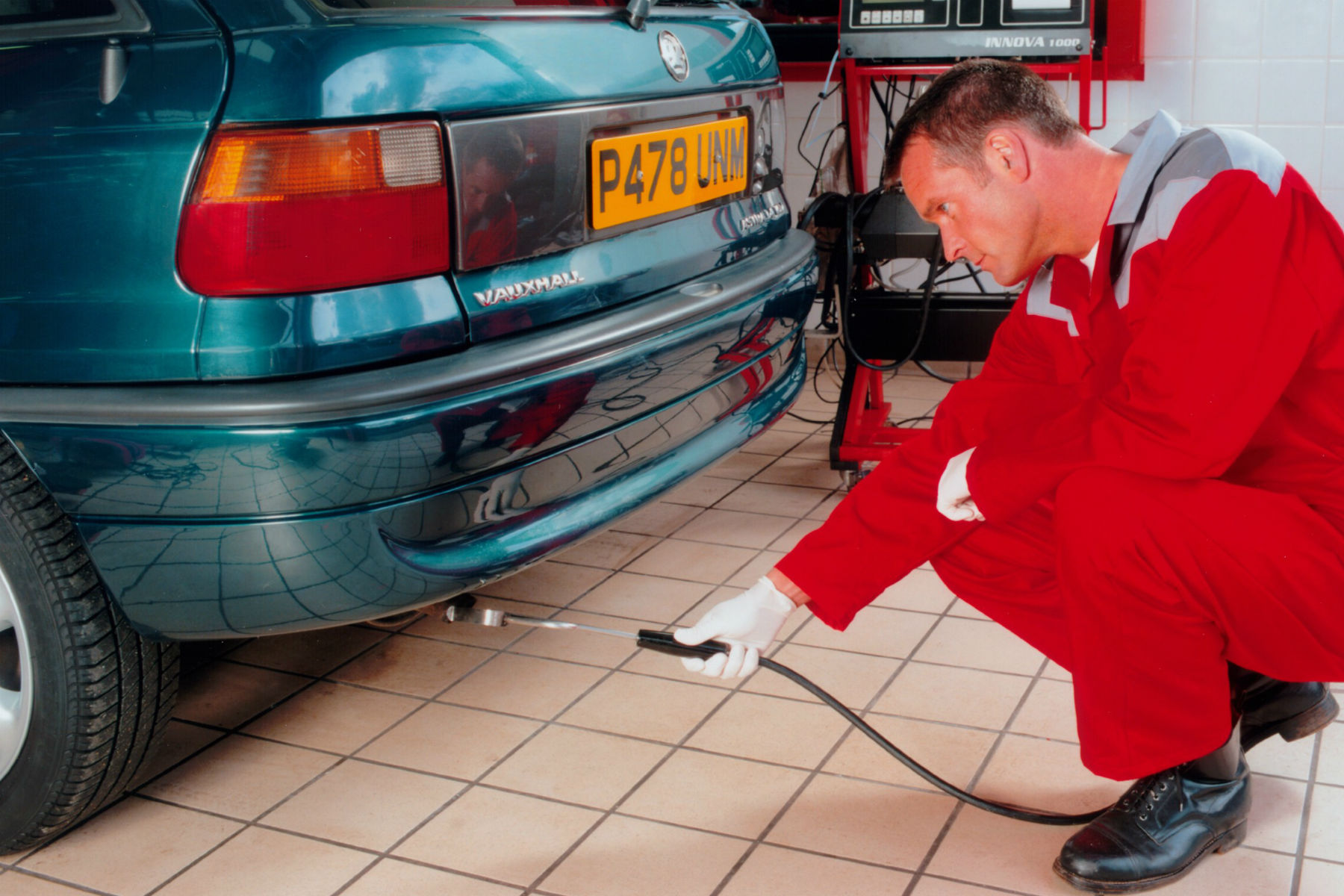
The yearly MOT test is something the owners of some older vehicles dread, but if your car is well maintained there’s no reason why it should be a chore.
We’ve produced this simple guide to answer any questions you may have about the compulsory annual test.
What is tested in the MOT?
An MOT test essentially confirms a vehicle meets the minimum requirements to be road legal at the time of the test. The DVSA provides a comprehensive list of what’s tested here, but it’s essentially basics such as tyres, suspension, exhaust, lights and so on. It’s worth noting that a valid MOT test doesn’t mean that the car’s necessarily in good working order – it won’t fail for having an engine that doesn’t run smoothly, for example, and there might be hidden rust that isn’t picked up by the tester.
Give your car a basic look over before the test to reduce the chances of it failing. Are there any blown bulbs? Do the tyres have at least 1.6mm of tread? These are all checks you should carry out regularly anyway, especially on an older vehicle.
Where should I take my car for its MOT?
The Driver and Vehicle Standards Agency (DVSA – the government organisation responsible for MOT tests) has a list of MOT test centres on its website, but with close to 20,000 listed, it’s not very user-friendly.
The easiest way is to search online for MOT test stations in your area. Google or Facebook ratings can give you an idea of which places can be trusted. The current maximum price a garage can charge for an MOT test is set at £54.85 for a car, not including any work required to achieve a pass. Be cautious of garages advertising cheap MOT test rates – they have to make their money somewhere, so logic dictates they might be more likely to ‘find’ issues or bump up repair costs to compensate.
You could also ask your local car club or Facebook group – there may be certain garages that are more experienced in inspecting older cars. Alternatively, many councils operate their own MOT test stations. They’re intended for inspecting council vehicles, but they’re often open to the public too – even if this isn’t advertised. The advantage of using one of these is, as they’re council-run, they’re very stringent. But don’t worry: as they don’t carry out repairs (they just do the tests), they’re also less likely to exaggerate issues.
Is my classic car MOT test exempt?

From May 2018, vehicles more than 40 years old will be exempt from the annual MOT test. When this was announced in September, it proved to be a controversial move. A survey of more than 2,000 members of the public revealed that most thought it was a bad idea as it could result in an increase in unroadworthy cars on the roads, and even classic car owners have been disapproving.
The rolling classic car exemption (meaning all cars will become exempt when they hit 40 years old) is optional – you can still take your car for an MOT test even if it doesn’t require it. This will give you extra peace of mind that it’s in roadworthy condition at the time of the test and, should you decide to sell it, will make it easier to find a new owner.
My car has failed its MOT. Can I still drive it?
If your car has a previous MOT that hasn’t expired, it’s still valid – even if it’s failed a subsequent MOT. This is why it’s a good idea to get your car tested early. You can take your car in for a test at any time, but up to a month before (minus a day) allows you to keep the same renewal date.
Be careful, though. If your car has failed an MOT, it is deemed unroadworthy, and an unsympathetic police officer could penalise you for driving a car in a dangerous condition. Use some logic here – if your car’s failed its MOT because it has dangerous brakes, you shouldn’t consider driving it away. If it’s failed because the horn doesn’t work, driving it home to fix it yourself is unlikely to create an issue.
If your car has failed its MOT and hasn’t got a previous MOT to fall back on, you can only drive it to a designated MOT test station or to have defects fixed. This applies for driving the car for an MOT, too – you can drive it to a garage for a pre-booked MOT if it hasn’t got a current MOT certificate. It will flag up on the police’s automatic number plate recognition (ANPR) system, though, so be prepared to explain to a traffic officer why you’re driving the car on a public road.
Can I check a car’s MOT history?
You can check the MOT history of any car MOTed since 2005 via the Government’s official website. It’s handy if you’re considering buying a car – check that any work that’s been required in the past has been completed to a high standard. Until recently, you could also see the garages used to conduct the tests but this facility has now been removed. Some classic car owners had privacy concerns over people being able to see where their car was MOTed every year.



[…] How to prepare your retro motor for the MOT test […]